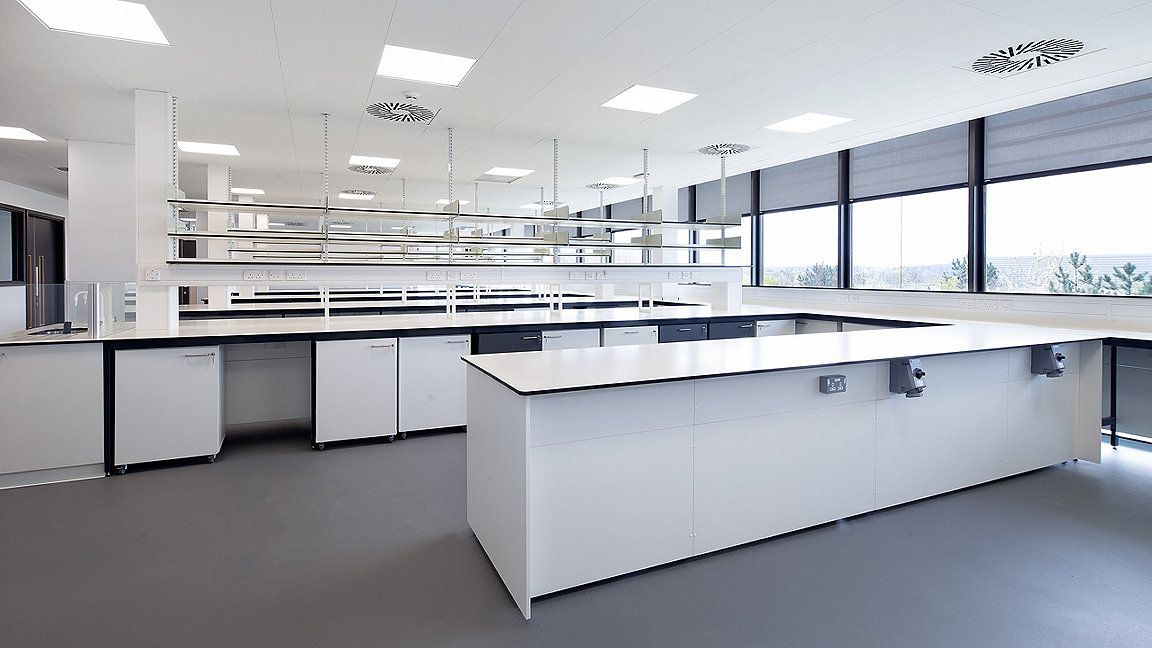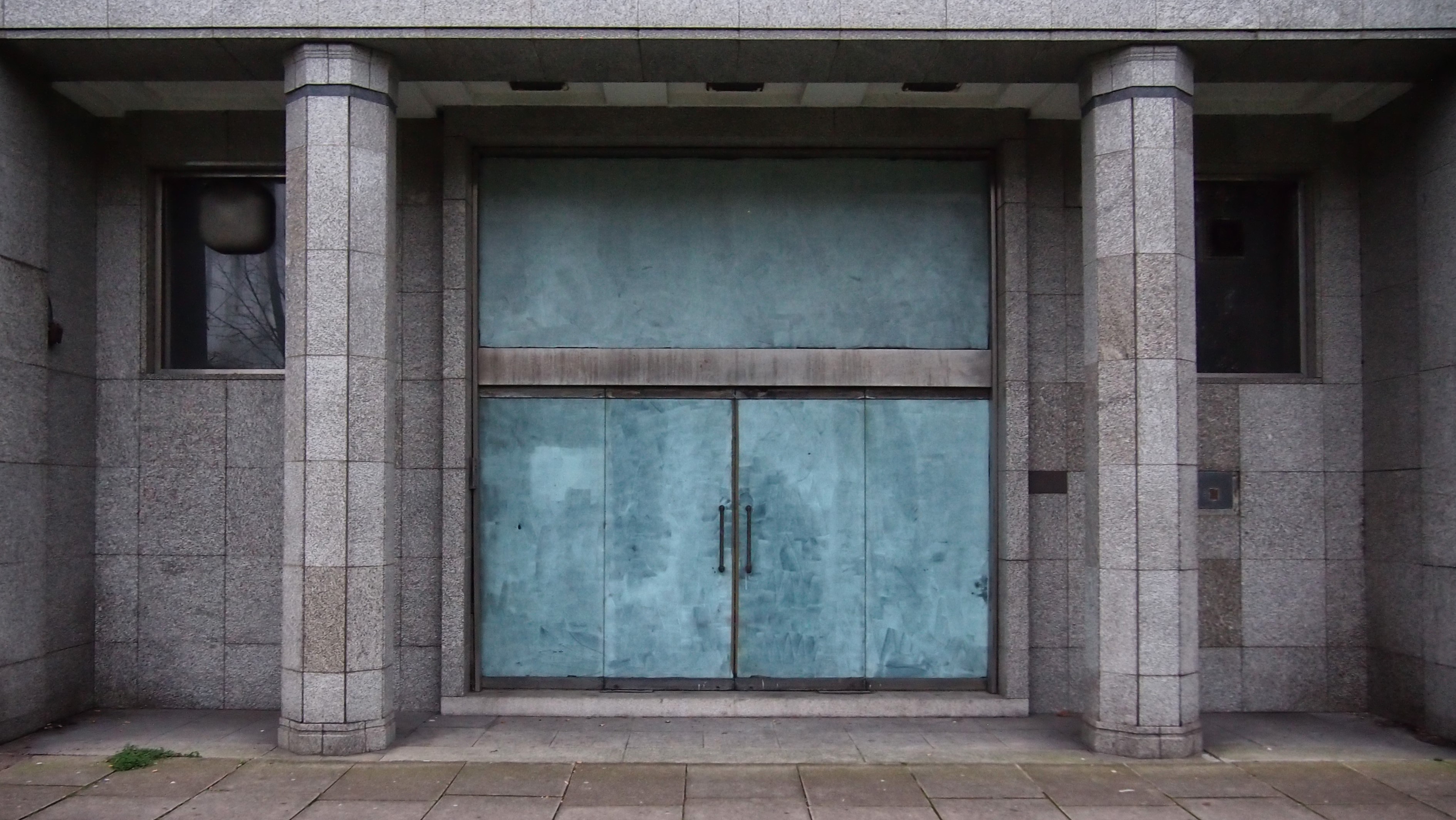
With demand for laboratory space at a premium and science and technology firms often outgrowing premises, what must landlords – and their surveyors – consider when deciding to retain or reinstate?
Recent changes in the commercial property sector have seen demand for laboratory space exceed that for offices in key locations throughout the UK, as science and technology companies make up a growing market share.
Companies in the sector often experience exponential growth and quickly become too large for their existing premises.
This increases the likelihood of tenants exercising lease-break options or terminating their leases on expiry, often with minimal consideration of their obligations for reinstatement or yielding up with vacant possession.
Although there has, in recent years, been a move in commercial property towards green leases – which seek to reduce waste by allowing for fit-outs to be retained – these are not widely used in the science and technology sector.
This can result in landlords having highly sought-after, multimillion-pound lab fit-outs on their premises – which is having an increasing influence on building surveyors advising their landlord clients about whether to enforce reinstatement obligations or not during the dilapidations process.
When should landlords seek reinstatement?
The complexity of lab requirements across the science and technology sector often means that these companies have their own, distinct specifications for fit-outs that reflect their commercial activities.
Tenants in this sector often prefer the flexibility of vacant possession so they can fit out their demise to suit their exact needs.
Some prospective tenants may, therefore, have no use for a retained lab space, which may prompt a landlord to serve notice for reinstatement on the departing tenants.
The landlord, therefore, needs to understand the extent and quality of the tenant's lab fit-out to consider its suitability for re-letting.
The existing demise may be satisfactory for the lab-based activities of the current tenant; however, a minimal standard of fit-out may mean costly upgrading works are required to put it in a condition suitable for re-letting.
If a landlord must undertake further, more substantial works speculatively, then there may be little benefit in retaining an existing lab space demise.
In some instances, the landlord may have obligations to a superior or head landlord as well, and, if reinstatement works are not undertaken on the tenant's lease expiry, the landlord may still be liable for future dilapidations costs.
This is another crucial factor when considering reinstatement. Landlords should also be mindful of potential changes in market trends over the longer term, which may limit the benefits of retaining a lab space in their demise.
Retained fit-outs offer market appeal
Many commercial demises are initially let to tenants with open-plan, category A fit-outs, which include basic internal finishes to the ceilings, walls, and floors, but no fixtures or fittings.
Rental income may be linked to the extent and quality of the fit-out for such usages.
On taking possession of a category A fit-out, tenants often invest considerable amounts on upgrading these demises, fitting them out to category B with works that are specific to their business activities, such as lighting, ventilation, partitions, and laboratory installations.
Re-letting retained lab spaces that do not require tenants to undertake such an extensive fit-out will, therefore, be likely to attract significantly increased rental income.
If the original tenant lets the empty property at a modest rate and it is fitted out as a lab, then, when the tenant vacates, it leaves premises for which the landlord can charge a much higher rate to incoming tenants.
This offers an immediate short-term benefit to the landlord.
As this sector is heavily linked to research and development, many emerging companies may not have the capital to undertake extensive fit-outs. The availability of ready-to-use lab space is, therefore, likely to see continued interest for re-letting in the current market.
However, landlords should bear in mind that, by retaining a lab space they are still likely to bear the future costs for reinstatement works. At the same time, the increased rental income may offset these costs in the interim.
'Tenants often invest considerable amounts on upgrading demises into lab space'
Lab demand will influence landlord decision
The existing fit-out can also have a significant impact on the way a landlord approaches the end of the lease, as they may have to factor in additional time for undertaking reinstatement works – and subsequent loss of rent – if a new tenant does not take on the same obligations as the previous one.
The landlord should ensure that the vacating tenant hands over all decommissioning and testing certification, and that the demised property is thoroughly cleaned and ready for reuse, given the activities the lab may previously have been used for.
In multi-occupancy sites, retaining a lab can also minimise disruption caused to other tenants by any reinstatement works, which offers a significant advantage for the landlord.
The science and technology sector operates in a fast-paced environment and suffers from not having enough readily available space.
If a demised lab space is retained, then it also presents the possibility for early surrender of the lease.
In such circumstances, the landlord is less worried that tenants may vacate before lease-end because there is considerable demand for premises.
Furthermore, sustainability has become an ever-more prevalent consideration in the construction industry in recent years, and all companies are under increasing pressure from stakeholders to reduce waste where possible.
Retaining an existing demise is likely to minimise waste and present a more attractive, sustainable approach.
Surveyors play part in sharing information
Given the many advantages associated with the retention of lab spaces, landlords often seek agreements with their outgoing tenants to retain their lab fit-outs.
This requires input from building surveyors at an early stage. Surveyors do not tend to get involved in the original leases; however, their input is required when there is lease activity such as triggering a break clause.
Although retaining a lab space demise may initially seem to avoid the need for intrusive works – such as the removal of fit-out, or intrusive investigations by surveyors – the process of decommissioning is not always straightforward.
It can lead to complications if works are not planned and undertaken in good time before lease-end and overseen by suitably qualified professionals.
Agreements between the landlord and tenant usually involve the latter undertaking a partial strip-out of equipment and fixtures to hand over the retained demise ready for the former to re-let the space at an increased rental income.
The landlord may also seek to protect themselves against any future reinstatement costs by negotiating a financial contribution as part of any settlement, and building surveyors can play a key role in these negotiations.
Although tenants have historically undertaken dilapidations assessments to understand their future liabilities, this information is becoming increasingly important to landlords as well; they may now look to undertake similar assessments on completion of any tenant fit-out works.
This can provide them with key information for negotiation, particularly when seeking contributions from tenants on expiry of their lease.
The evolution and dynamic of the science and technology sector is likely to affect typical dilapidations work, so it is important that building surveyors who advise landlords take an active role in the process.
This ensures that any lease-end matters are resolved, both to maximise short- to medium-term income, and recognise the risks associated with longer-term reinstatement, repair costs or market trends.

